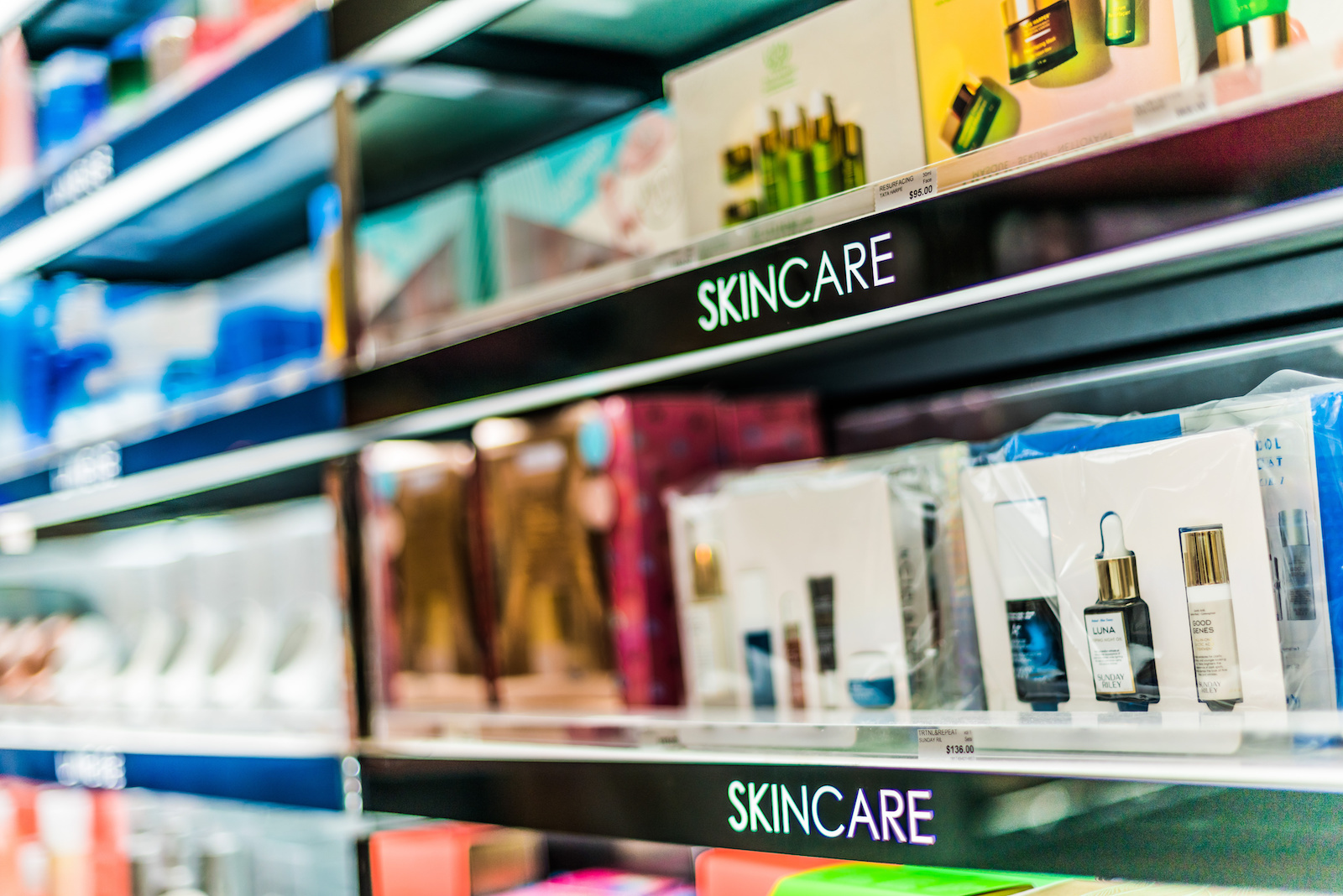Maintaining Agility in the Market: How Cosmetic Solutions Adapts to Supply Chain Issues
As a consumer, you have probably faced the dreaded “out of stock” sign at your local cosmetic store and for some of you, this is a common occurrence. Supply chain issues are more often than not the culprit behind this problem, which can also cause businesses to push back or outright forgo product launches. This cascading effect can have impacts not only on business operations but brand reputation as well.
Beauty brands are actually booming these days despite prolonged inflation and a looming economic recession. The beauty industry is an estimated half-trillion-dollar market. Though, it’s not without its challenges. Supply chain management in the beauty industry is tough. It requires agility. Beauty brands rely on various supply chains and the impacts can be devastating if not managed strategically.
Supply-Chain Challenges Faced by the Beauty and Personal Care Industry
The beauty industry is impacted by mismanaged supply chain and fulfillment issues in many ways. It is difficult to find that perfect balance and companies usually end up with too much or too little of the products they need — both unwanted outcomes.
Supply chain and fulfillment issues, especially during the holiday season, can lead to huge losses in revenue. Take Meraki Organics Inc., for example. The Atlanta-based haircare brand was forced to mark several of its items as “sold out” due to ingredient and packaging shortages in 2020. It could have been worse had it been during Black Friday and Cyber Monday — two huge shopping days — but their losses were still significant.
It is almost impossible to avoid disruption, especially when it comes to beauty industry supply chain issues. However, it is possible to mitigate the effects with a well-thought-out plan of action.
A Better Cosmetics Supply Chain Strategy
Here’s how Cosmetics Solutions has been able to maintain agility in the market:
1. We watch the supply chain very closely.
Whether it’s products for our packaging or ingredients we are working with, we are always internally forecasting to ensure we have enough on hand for what our partners need. Planning and preparation are crucial to a cosmetics supply chain strategy.
2. We coordinate regular calls with our partners.
As cliché as it sounds, communication is key. Regular, transparent communications with our supply teams are crucial. Whether it is to relay positive or negative news, we communicate with all partners to ensure there aren’t any surprises. This allows all players to work together so we can get products out on time. We choose our manufacturers very carefully so we know they will be transparent with us no matter what.
3. We don’t just read; we study retail reports.
Our teams are constantly analyzing retail reports to understand what the future sales cycles will look like and how that might impact our brands. We have calendar reminders for when certain publications release their retail reports and forecasts so we stay on top of the news. As we track this information, we note patterns and frequently go back to our data to make better-informed decisions for the future.
Beauty industry supply chain issues can be endless. Using forecasts and communication is key to keeping your teams on top of what is happening in the market and adapting quickly. Managing a supply chain must be a priority for your company, not only for customer satisfaction but for the perception of your brand as a whole. Your reliability in the midst of a chaotic market will make you stand out in the best way. You got this!

